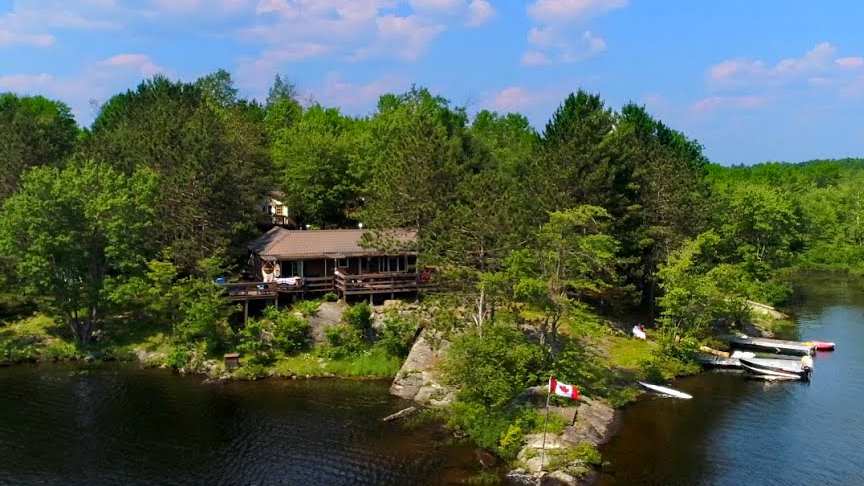Last summer, we visited friends on a small lake north of Toronto where the underlying Canadian Shield (mostly granite with a thin layer of soil) meant roads would be prohibitively costly and the only way in was by boat.
source/image: Kirsten Dirksen
Surrounded by rock, trees and water, the home consists of a rather simple cabin and two tiny outbuildings for guests (one being a “bunkie”, tiny bunkhouse, in Ontario parlance).
Due to the granite floor, the plumbing and septic was reliant on the lake and composting. It begins with a pump in the lake bringing water into the home. Here it’s filtered by two sediment filters (of 20 and 5 micron), run through an active charcoal filter and treated with UV light before becoming drinking water for the home, as well as flowing through the kitchen sink and bathroom.
Advertisement
Since the igneous rock under the home prevents any kind of septic, the house has a vacuum-flush toilet that sends the waste to a shed behind the home to be composted. This toilet is connected to lake water. The toilet in the backyard cabin uses the same vacuum-flush system, but the bowl is filled between flushes from a pitcher./Kirsten Dirksen











